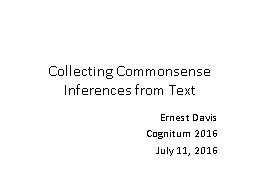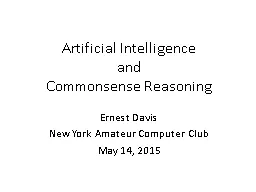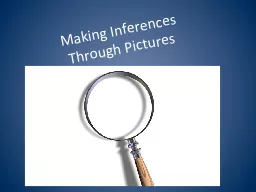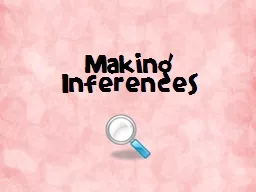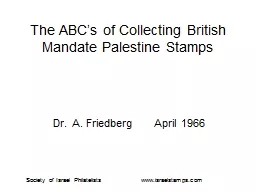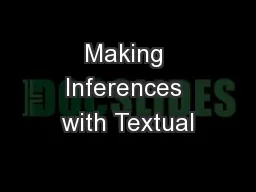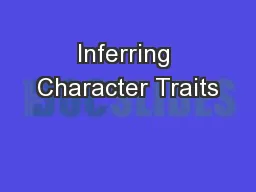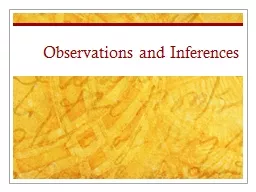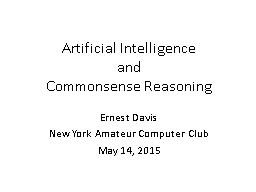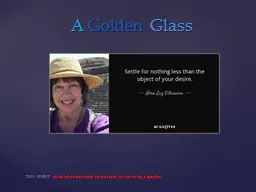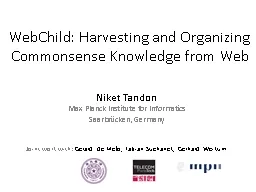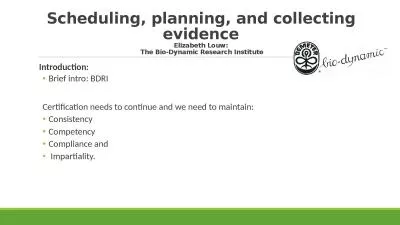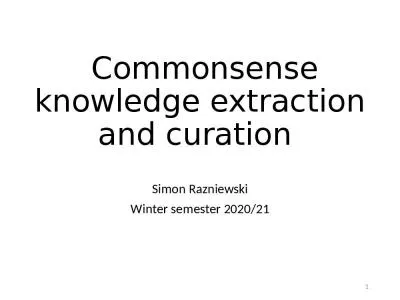PPT-Collecting Commonsense Inferences from Text
Author : 2coolprecise | Published Date : 2020-07-04
Ernest Davis Cognitum 2016 July 11 2016 TACIT Toward Annotating Commonsense Inferences in Text First text Theft of the Mona Lisa On a mundane morning in late summer
Presentation Embed Code
Download Presentation
Download Presentation The PPT/PDF document "Collecting Commonsense Inferences from T..." is the property of its rightful owner. Permission is granted to download and print the materials on this website for personal, non-commercial use only, and to display it on your personal computer provided you do not modify the materials and that you retain all copyright notices contained in the materials. By downloading content from our website, you accept the terms of this agreement.
Collecting Commonsense Inferences from Text: Transcript
Download Rules Of Document
"Collecting Commonsense Inferences from Text"The content belongs to its owner. You may download and print it for personal use, without modification, and keep all copyright notices. By downloading, you agree to these terms.
Related Documents

